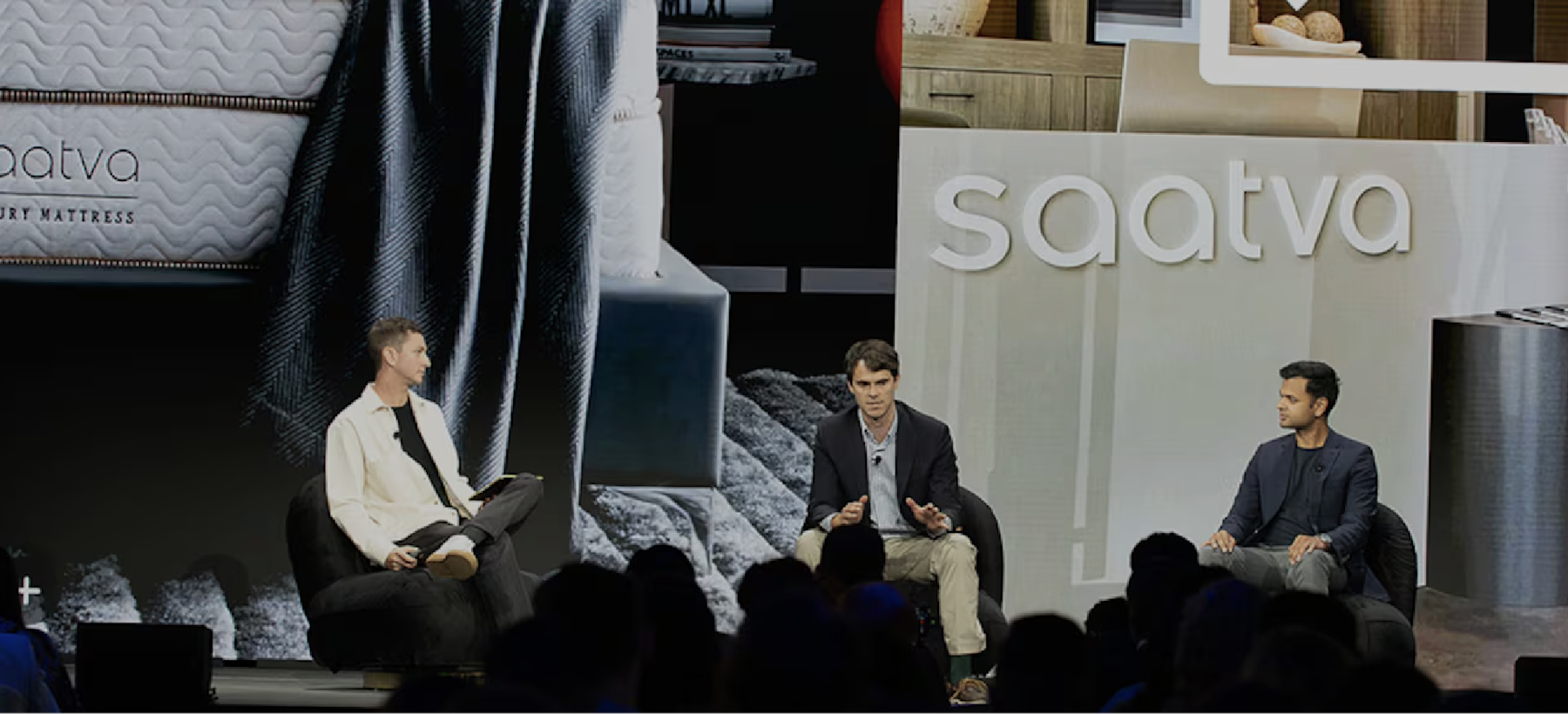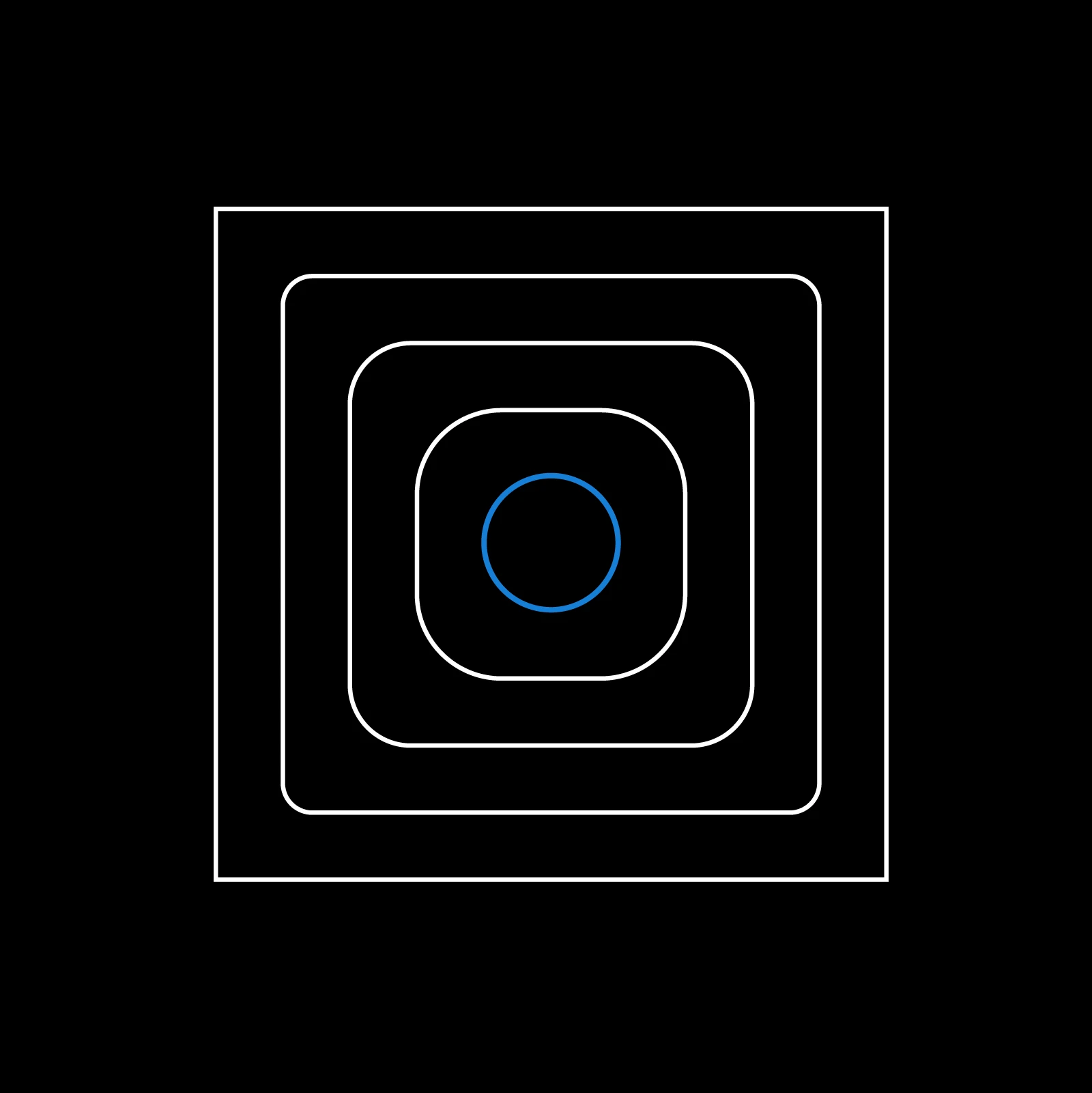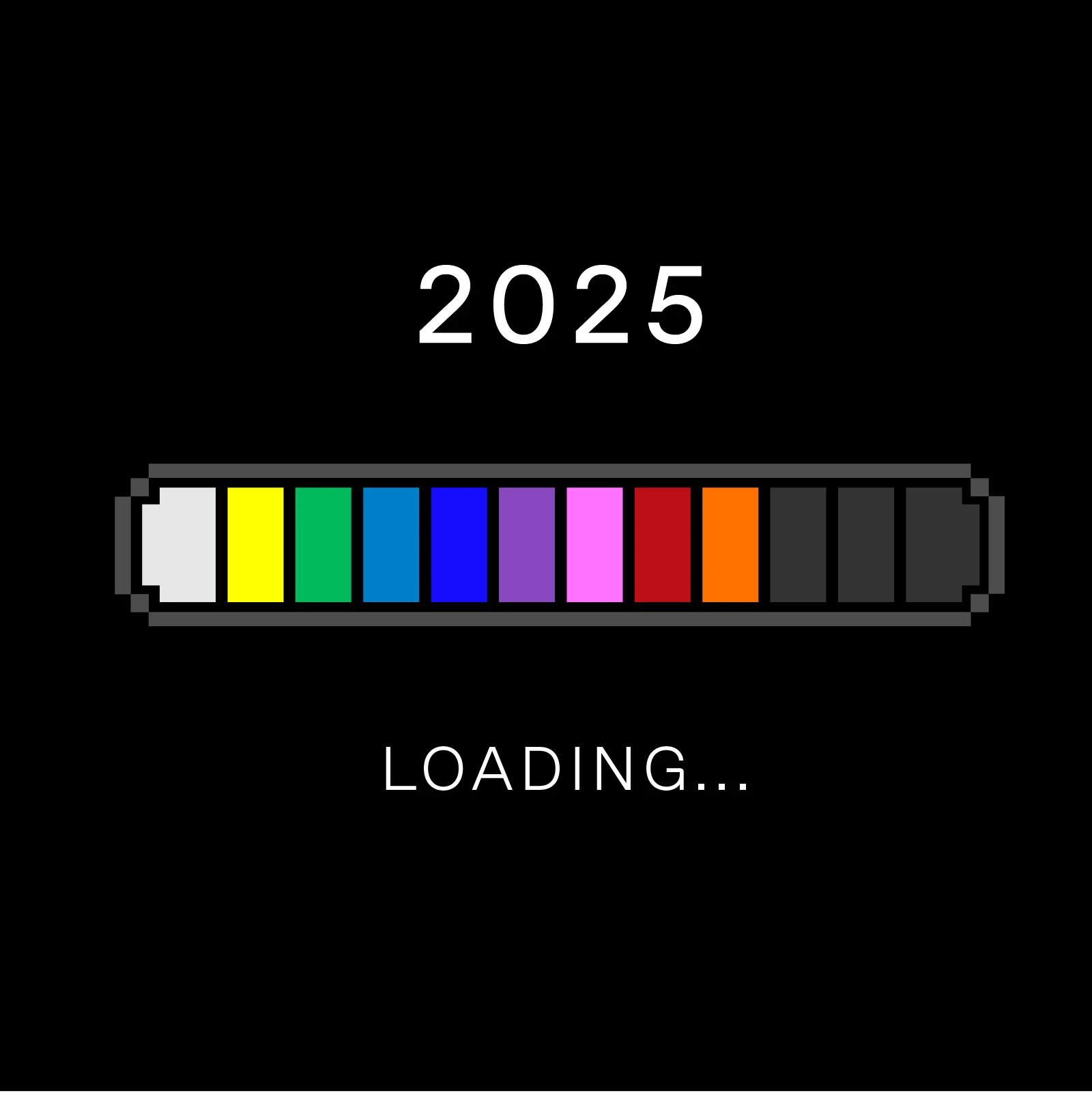
How Brands are Embracing a New Playbook for TV Advertising Success
A version of this was originally featured on AdAge.
Forward™ 2025 showed how brands balance streaming and linear, measure halo effects and make bold bets to maximize TV’s impact.
At a time when advertisers are under pressure to prove every marketing dollar works, the conversation around TV is front and center. No longer reserved for the Fortune 500, the rise of streaming, advances in measurement and the emergence of AI, have made TV one of the few channels that can deliver efficient scale and measurable business outcomes. That was the backdrop for Forward™ 2025, Tatari’s annual advertising forum, where high-growth disruptors and established category leaders came together to talk candidly about what’s actually working on TV today.
What emerged over the course of the day was a clear throughline: TV is no longer just a siloed brand-awareness channel. Marketers demonstrated how they’re using it to drive performance metrics while simultaneously building long-term equity. Three themes stood out. Balance, measurement, and boldness, each offering a glimpse into how the most forward-thinking advertisers are rewriting the rules of TV advertising.
Finding the sweet spot: Balancing linear and streaming for maximum impact
At Forward™, the conversation around TV made one thing clear: the definition of “television” has evolved, but the fundamentals of reach and influence remain. When marketers say “TV” today, many immediately think of “streaming” or CTV. Yet linear TV, the channel that built brands for the last half-century, still commands significant attention. The Nielsen Gauge continues to show a near 50/50 split between linear and streaming viewership, with seasonal, tune-in events like the NFL swinging audiences back toward broadcast.
That dynamic underscores an important reality: advertisers need to think about TV holistically. Too often, linear and streaming are treated as separate strategies, with different budgets, KPIs, and audiences.
“Right now our TV media mix leans more into streaming as we’re able to attribute users more deterministically, but linear continues to be a big part of our program as it allows us to reach different audiences than streaming,” shared Mavis Brefo, director of growth at Calm. Melissa Lertsmitivanta, head of user acquisition at Dave, echoed the sentiment. “Linear has more scale and more efficient CPMs, but streaming allows us to reach our target audience, so balancing both allows us to achieve more efficient outcomes.”
For Calm, streaming is especially valuable for new product launches that target younger users, while linear serves as the workhorse to build mass awareness at scale. For Dave, seasonality dictates their spend and audience goals. This testing-led approach has allowed both brands to validate the right balance between streaming and linear, enabling more data-driven investment decisions.
Takeaway:
Takeaway: Don’t treat linear and streaming as competing channels. Find the optimal mix to reach and engage your audiences. Both run on the same TV screen, but they differ in audience composition, costs, and CPMs. Streaming viewers tend to be more engaged, tuning into specific shows, while linear audiences can be more passive. Paying attention to these nuances and adjusting your mix based on performance is key.
Measuring TV’s halo effect: From brand lift to retail sales
While TV has long been associated as a brand awareness channel, it has evolved into a multi-faceted, multi-use advertising medium that can drive measurable sales, both online and offline. The precision and analytics marketers rely on in digital campaigns have now come to TV, making it a more responsive, performance-oriented medium. These measurement tools not only give brands confidence that their TV spend is working, but also provide insights into how TV influences performance across other channels, helping brands like Saatva and Coterie understand the halo effect on search, social, and e-commerce activity.
Coterie’s SVP of Growth, Ankur Goyal, found that TV was not just driving awareness, it was sparking measurable audience interest. By closely monitoring search query volume, they could see how TV spots translated into curiosity and downstream actions. Early campaigns produced the highest query volumes, and these inquiries converted at strong rates, demonstrating that TV was influencing both engagement and sales. But the biggest surprise was not the impact, but the speed at which that impact could be measured, according to Goyal. “The day that we turned TV on was the day that query volumes were up and the day that our post-purchase survey was saying that all these buyers are here because they heard about us from TV.”
For Saatva, the data dictated their media plans. “We shifted more spend to streaming for higher response rates and lower CPVs, while funding top-performing markets tied to brick-and-mortar stores,” explained Alex Diesbach, Saatva's vice president of digital marketing.. With measurable outcomes across both online and offline channels, they now treat TV as a performance channel with halo effects being felt across the business.
Takeaway:
TV measurement is more sophisticated than ever, giving marketers the opportunity to connect the dots across the funnel. Marketers who treat these insights as a blueprint, not just for optimizing creative or spend, but for understanding cross-channel impact, market-level performance, and long-term brand lift, will be best positioned to maximize ROAS and scale with confidence.
Making bold bets on TV without breaking the bank
You might think TV is reserved for brands with Super Bowl-sized budgets and armies of creative teams, but today even smaller brands can claim space alongside the biggest cultural moments on TV and reach audiences in ways that were once out of reach. For Ariat and Gusto, going big on TV was a strategic decision that paid off.
Live sports and other tentpole events remain unmatched for generating spikes in reach, awareness, and search interest. But the key is not to buy every high-profile moment, it’s to pick the ones that align with your audience and your brand goals. “We really focus on live, tune-in moments when viewers are most actively engaged,” said Gusto’s Head of Paid Media, David De Rosa. “We have to make sure we’re not doing every event or sport, we’re trying to align these moments with our seasonality.”
For Ariat, it’s all about contextual alignment. “Yellowstone was one of the most watched shows on TV over the last few years, and just an absolute perfect fit for our brand,” explained Tricia LaBarge, Ariat’s Sr. Director of Brand Media and Digital Marketing. “The response was phenomenal, it was the highest response rate we’ve ever seen, with tons of traffic coming to our site.”
Contextual alignment is where the payoff happens. When placements feel authentic to the environment and the audience, they not only build awareness but also deepen trust and affinity. That’s why it’s critical to know where your customers spend their time and show up in ways that feel natural to them. The right fit creates cultural relevance and impact; the wrong fit just burns budget.
Equally important is building the measurement muscle. Treat every campaign as an experiment, to not only track response, but brand impact and cross-channel effects, and let those insights guide future strategy. That’s what turns bold moments into repeatable, scalable wins.
Takeaway:
Look at the cultural calendar, not just your media plan, and use TV to create a presence in the shared experiences where brand relevance is built.
A playbook in progress
The marketers at Forward™ weren’t suggesting that TV’s playbook is finished. If anything, they were showing that it’s still being written. For marketers thinking about embracing TV as part of their advertising mix, that’s a story worth paying attention to. The next chapter of TV will center on mastering the media mix, measuring impact and knowing when to go big.

Amit Sharan
I run marketing at Tatari and have the world's cutest french bulldog.
Related
What Marketers Learned About the Future of TV Advertising at Forward™ 2025
From new ways to capture attention to innovative strategies for measuring success, Forward™ 2025 brought top marketers together to explore the future of TV advertising. Relive the highlights and the excitement that made this year unforgettable.
Read more
Finding the Sweet Spot: Optimizing Ad Frequency for Maximum Impact
In TV advertising, hitting the right frequency is key. Tatari’s data-driven tools pinpoint this sweet spot to maximize effectiveness, boost ROI, and avoid waste. Discover how to fine-tune your ad strategy for optimal impact.
Read more
How to Budget and Plan for TV in 2025
As TV continues to command a significant share of budgets, it's critical to understand the key trends that will shape the TV landscape in 2025 and what that means for advertisers. Let’s take a look at what to expect this year.
Read more


